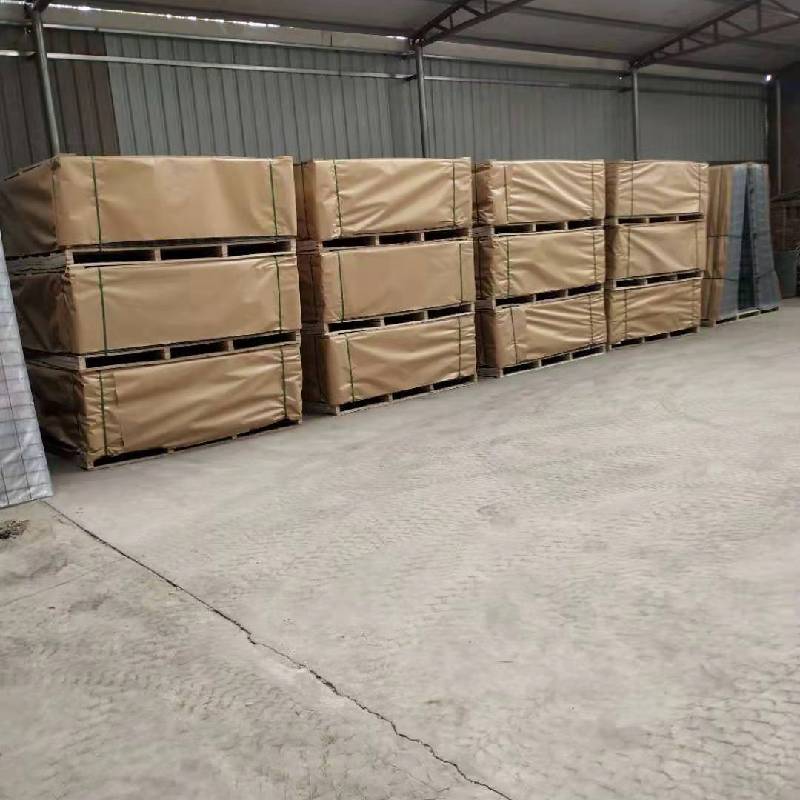
- Mobile Phone
- +8613931874955
- sales@cntcmetal.com
large plant cage
The Significance of Large Plant Cages in Modern Gardening
In contemporary gardening practices, the integration of innovative techniques and tools is essential for achieving thriving plant life, particularly in limited spaces. One such tool that has gained prominence is the large plant cage. These structures serve multiple purposes, allowing gardeners to cultivate their plants sustainably and efficiently, be it in backyard gardens, community spaces, or even indoors.
What is a Large Plant Cage?
A large plant cage is essentially a supportive structure that surrounds and protects plants as they grow. Traditionally made from materials like metal or sturdy plastic, these cages are designed to provide stability to plants that tend to sprawl or require vertical growth support. They come in various shapes and sizes, accommodating different species, from climbing vegetables like tomatoes and cucumbers to flowering plants that need extra support.
Benefits of Using Large Plant Cages
1. Support and Structure The primary function of a large plant cage is to offer support to taller plants and those with sprawling branches. This enables the plants to grow upright, reducing the risk of breakage or disease that often occurs when heavy fruit weighs down branches. It also ensures that the plants receive adequate sunlight and air circulation, critical factors for healthy growth.
2. Space Optimization For urban gardeners or those with limited space, large plant cages help maximize the available area. By encouraging vertical growth, gardeners can cultivate more plants in a smaller footprint. This is particularly advantageous in container gardening, where ground space is scarce.
3. Pest and Disease Management Caging plants can act as a barrier against certain pests and diseases. The elevated structure makes it more challenging for ground-dwelling pests to reach the plants, thus reducing infestations. Additionally, by keeping plants off the soil, cages help prevent some soil-borne diseases, fostering a healthier growing environment.
large plant cage

4. Easier Harvesting A large plant cage can simplify the harvesting process. With plants growing vertically and off the ground, gardeners can more easily access ripe fruits and vegetables without bending down or searching through dense foliage. This ease of access not only saves time but also minimizes damage to the plants during harvesting.
5. Aesthetic Appeal Beyond functionality, large plant cages can also enhance the visual appeal of a garden. Available in various designs, they can serve as decorative elements that add structure and elegance to the landscape. Gardeners often choose cages that complement their garden's overall aesthetics, contributing to a more harmonious outdoor space.
Choosing the Right Large Plant Cage
When selecting a large plant cage, gardeners should consider several factors. The first step is to identify the type of plants being supported. For instance, heavier fruit-bearing plants require sturdier cages, while lighter flowering plants may do well with simpler structures. Material is also vital; metal cages tend to last longer than plastic but may be heavier. Additionally, gardeners should consider the height and width of the cage to ensure it accommodates the plant's expected growth.
Ultimately, the choice of a large plant cage should align with the gardener's overall aims and the specific needs of the plants being cultivated.
Conclusion
Large plant cages have become indispensable tools in modern gardening, offering a range of benefits that cater to both novice and experienced gardeners. By providing support, optimizing space, managing pests, facilitating harvesting, and enhancing garden aesthetics, these structures play a vital role in fostering healthy plant growth and successful gardening practices. As more individuals embrace gardening, particularly in urban environments, the significance of such practical innovations continues to rise, illustrating a blend of creativity and functionality in nurturing nature amidst concrete landscapes. With thoughtful integration of large plant cages, anyone can cultivate a flourishing garden that thrives against the odds.
share:
-
Why Sacrificial Formwork Is Redefining Underground ConstructionNewsJun.06,2025
-
The Structural Dynamics of Modern Concrete: How Snake Spacers Revolutionize Flexible ReinforcementNewsJun.06,2025
-
Snake Spacers Smart-Lock Concrete Reinforcement with Surgical PrecisionNewsJun.06,2025
-
Snake Spacers: Reinforcement Precision for Modern Concrete ProjectsNewsJun.06,2025
-
Snake Spacers Powering Concrete's Structural DNANewsJun.06,2025
-
Slither into Success: Snake Spacers' Precision Bite for Unbreakable ReinforcementNewsJun.06,2025
-
Sacrificial Formwork: Building Stronger, Faster, and Safer StructuresNewsJun.06,2025



















